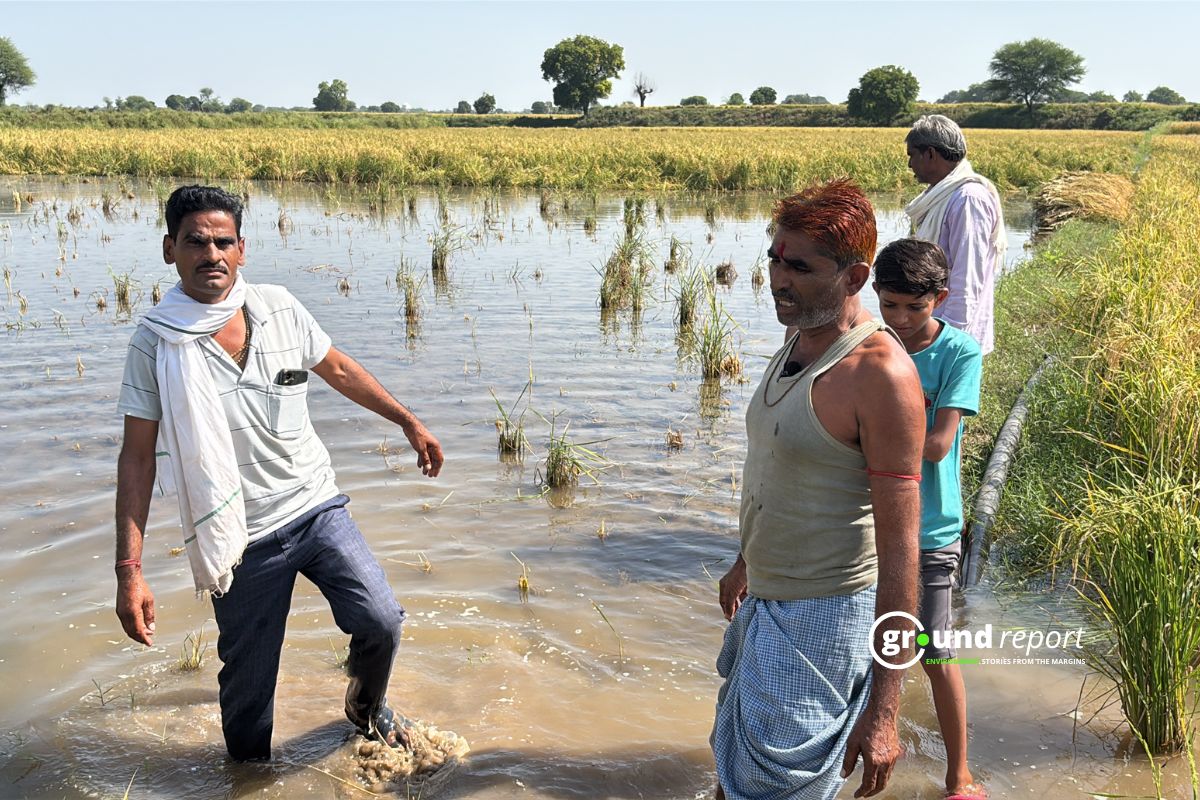Flash droughts, which intensify in a matter of weeks, have become more frequent since the late 1950s in 74% of the 33 regions of the planet and are expected to accelerate in an increasingly warm world, warns a study published by Science.
Such droughts, due to human-induced climate change, are becoming more frequent, especially in North and East Asia, the Sahara, and Europe, and this trend is expected to accelerate in a warmer future.
It is a phenomenon caused by low rainfall and high evapotranspiration, which rapidly depletes soil water. They can become severe in a few weeks and last for months, damaging vegetation and ecosystems and triggering heat waves and forest fires.
As they are becoming more frequent, it is difficult to anticipate them and be able to prepare to try to deal with their impact, according to the University of Southampton (United Kingdom), one of those participating in the study.
Flash droughts becoming more frequent
The study analyzed satellite data and soil moisture readings spanning more than 60 years (1951-2014) to reach its conclusions. Lead author Xing Yuan said: “Both flash and slow droughts are increasing” as global temperatures rise.
However, flash droughts are increasing more rapidly “especially in Europe, North and East Asia, the Sahel and the west coast of South America.” He warned that the rapid onset of flash droughts leaves humans and vegetation with little time to adapt, for example by diverting water resources or preparing for wildfires.
Yuan’s team used climate models to forecast how flash droughts would change under various greenhouse gas emission scenarios. Flash droughts would continue to be more frequent in virtually all regions, even if emissions are moderate.
Under higher emissions scenarios, the trend would be more drastic. Yuan said the data showed an overall increase in drought onset rates, and his team found a “robust transition on a global scale” from slow to flash droughts. He believes that reducing emissions can slow down this transition.
Flash droughts pose growing threat
Flash droughts were first identified in the early 21st century, but have received increased attention since the 2012 summer drought in the United States, which came on particularly quickly and caused more than $30 billion in economic losses.
A commentary article by two professors in the Netherlands, also published in Science, said the study’s warning “should be taken seriously” as the threat “may be even greater than they suggest.”
They stressed that most of the “hot spot regions” identified by the study were low-income areas with vulnerable populations and fewer financial resources for coping mechanisms.
They added that current methods for detecting droughts, which are often based on monthly data analysis, need to be updated to “operate on shorter time scales” due to the increase in flash droughts that “can generate and trigger results in just weeks.”
Keep Reading
Part 1: Cloudburst in Ganderbal’s Padabal village & unfulfilled promises
India braces for intense 2024 monsoon amid recent deadly weather trends
Support us to keep independent environmental journalism alive in India.
Follow Ground Report on X, Instagram and Facebook for environmental and underreported stories from the margins. Give us feedback on our email id greport2018@gmail.com.
Don’t forget to Subscribe to our weekly newsletter, Join our community on WhatsApp, and Follow our YouTube Channel for video stories.








